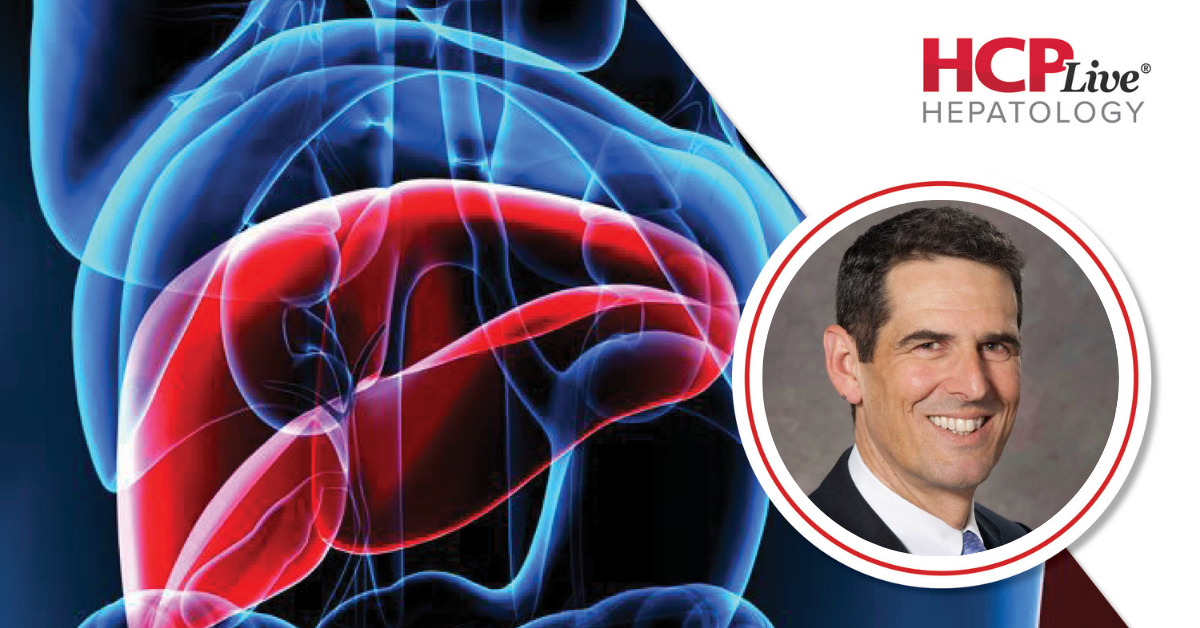Health
Seladelpar Emerges as Key Player in PBC Treatment Following Obeticholic Acid Withdrawal

The withdrawal of obeticholic acid from the U.S. market in September 2025 has left a significant gap in the treatment options for patients suffering from primary biliary cholangitis (PBC). Previously, it was the only second-line therapy available for those who could not tolerate or did not respond to first-line treatment with ursodeoxycholic acid. Following this development, the emergence of new therapies, particularly seladelpar and elafibranor, has reshaped the PBC treatment landscape.
At the recent American Association for the Study of Liver Diseases (AASLD) The Liver Meeting 2025, Dr. Christopher Bowlus, the Lena Valente Professor and Chief of the Division of Gastroenterology and Hepatology at the University of California Davis School of Medicine, presented new real-world data supporting the use of seladelpar. His findings provide critical insights for clinicians navigating the uncertainties surrounding treatment options after the obeticholic acid withdrawal.
Historical Context of Obeticholic Acid in PBC Treatment
Obeticholic acid received accelerated approval from the U.S. Food and Drug Administration (FDA) in 2016, marking a significant advancement in PBC care. Prior to this, there were no approved second-line therapies, leaving many patients without adequate treatment options. According to Dr. Bowlus, “It had been more than 20 years since that approval, and there were 40 to 50% of patients that we knew did not have an optimal response and remained at risk of disease progression.”
Despite its initial promise, obeticholic acid was associated with adverse effects, particularly severe itching, which limited its utilization among patients who needed it most. Concerns regarding safety in advanced disease stages further complicated its acceptance. The voluntary market withdrawal in the U.S. and Europe left many patients either needing to switch therapies or seeking alternatives, highlighting the need for effective second-line treatments.
Seladelpar’s Role in the New Treatment Landscape
The introduction of seladelpar in 2024 has provided a much-needed alternative for patients. Dr. Bowlus emphasized its significance, noting that “it appears to have similar efficacy to obeticholic acid, if not better, but it also improves itch as opposed to worsening itch.” This improvement in the quality of life for patients suffering from itching due to PBC is a crucial factor in its adoption.
At the AASLD meeting, Dr. Bowlus shared findings from a large administrative database study, which included patients who switched from obeticholic acid to seladelpar. The results indicated that patients maintained their biochemical response, and some even showed improvement in alkaline phosphatase levels. Dr. Bowlus stated, “This is very suggestive of the benefits that patients that are currently on obeticholic and will no longer have access to it can be switched to seladelpar and expect similar, if not better, outcomes.”
Despite these promising findings, uncertainties remain regarding the long-term effects of switching to new therapies. Dr. Bowlus highlighted the ongoing need for research to determine whether these new agents can prevent clinical outcomes, an area where obeticholic acid faced challenges. He reiterated, “There are still patients that remain at risk of disease progression despite two therapies, so there’s still an unmet need for even third-line therapies or other alternative therapies.”
As the landscape of PBC treatment continues to evolve, the introduction of seladelpar represents a significant step forward, offering hope to patients previously reliant on obeticholic acid. Further studies will be essential to fully understand the long-term implications of these new therapies and to address the ongoing needs of this patient population.
-

 Science3 weeks ago
Science3 weeks agoInventor Achieves Breakthrough with 2 Billion FPS Laser Video
-

 Health4 weeks ago
Health4 weeks agoCommunity Unites for 7th Annual Into the Light Walk for Mental Health
-

 Top Stories4 weeks ago
Top Stories4 weeks agoCharlie Sheen’s New Romance: ‘Glowing’ with Younger Partner
-

 Entertainment4 weeks ago
Entertainment4 weeks agoDua Lipa Aces GCSE Spanish, Sparks Super Bowl Buzz with Fans
-

 Business4 weeks ago
Business4 weeks agoTyler Technologies Set to Reveal Q3 Earnings on October 22
-

 Entertainment4 weeks ago
Entertainment4 weeks agoMother Fights to Reunite with Children After Kidnapping in New Drama
-

 World4 weeks ago
World4 weeks agoR&B Icon D’Angelo Dies at 51, Leaving Lasting Legacy
-

 Health4 weeks ago
Health4 weeks agoCurium Group, PeptiDream, and PDRadiopharma Launch Key Cancer Trial
-

 Health4 weeks ago
Health4 weeks agoNorth Carolina’s Biotech Boom: Billions in New Investments
-

 Entertainment4 weeks ago
Entertainment4 weeks agoRed Sox’s Bregman to Become Free Agent; Tigers Commit to Skubal
-

 Top Stories3 weeks ago
Top Stories3 weeks agoFormer Mozilla CMO Launches AI-Driven Cannabis Cocktail Brand Fast
-

 Science4 weeks ago
Science4 weeks agoNorth Carolina’s Biotech Boom: Billions Invested in Manufacturing









